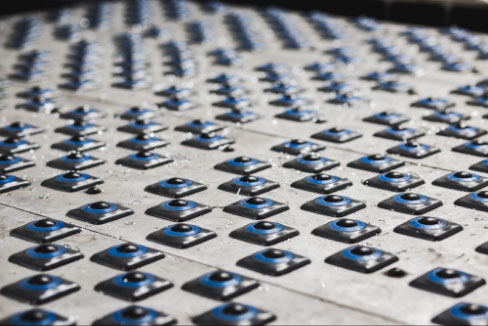New Aluminum Angle
Aluminum angle, an extruded aluminum product, is a great choice for many architectural and fabrication projects as it features two legs that form a 90° angle. We have both equal and unequal-legged options, making this versatile material suitable for a range of applications.
Std. cut tolerance: -.00″/+.125″
⚠WARNING: This product can expose you to chemicals, including lead and/or nickel, which are known to the State of California to cause cancer. For more information, go to www.p65warnings.ca.gov.
Weight Comparison
The aluminum angle, particularly the 6061 T6, is significantly lightweight compared to steel, making it an ideal option for structural applications. This lightweight and corrosion resistance characteristic also makes aluminum easier to work with, particularly in projects requiring customized lengths and specific sizes, like frame work or legs.
Welding and Joining
Aluminum angle can be efficiently welded or joined with other metals. TIG welding is often recommended for 6061 T6 due to its ability to manage the heat input, ensuring the integrity of the mill polished finish. This process is crucial for maintaining the mechanical properties of aluminum in structural applications.
Bending and Fabrication
The fabrication capabilities of the aluminum angle allow for flexibility in project design, including custom-cut sizes and shapes, without requiring special equipment. The 6061 T6 alloy offers good corrosion resistance, accommodating varied thickness and lengths, commonly suitable for a wide range of applications from simple legs to complex frameworks.
Recyclability and Environmental Impact
Recycling aluminum angle parts contributes significantly to environmental conservation, reducing the need for heat and energy used in producing new aluminum. The 6061 T6 is widely recycled, underscoring aluminum’s role in sustainable construction practices by saving resources and reducing the quantity of waste in structural applications.
Versatility Across Industrial Applications
Aluminum angle, a versatile structural component, is widely used across numerous industries due to its exceptional properties. In construction, aluminum angle provides lightweight yet robust profiles that serve as critical framing elements for buildings, scaffolding, and architectural facades, offering superior corrosion resistance and easy installation.
Manufacturing sectors leverage aluminum angles for machinery guards, conveyor systems, and equipment supports, capitalizing on their strength-to-weight ratio. Transportation industries incorporate these profiles into vehicle body structures, trailer frameworks, and marine vessel components, benefiting from their durability and rust-prevention characteristics.
Frequently Asked Questions
Are all orders cut to specific dimensions?
Yes, we custom-cut every order from mill-length sheets or bars to precisely match the dimensions you request.
How do you ensure aluminum channels are protected during shipping?
We utilize custom-designed packaging that perfectly fits the dimensions of aluminum channels, preventing bending or crushing, even for longer or heavier items.
How does the aluminum angle compare to the steel angle?
Aluminum angles are approximately one-third the weight of steel, offer superior corrosion resistance and don’t require painting. They’re more expensive initially but provide long-term cost-effectiveness in many applications.
Can aluminum angles be welded?
Yes, aluminum angles can be welded using specialized techniques like TIG or MIG welding. However, it requires specific skills due to aluminum’s unique metallurgical properties.
What alloys are typically used for aluminum angles?
Common alloys include 6061-T6 (for general structural use) and 6063-T5 (for architectural and decorative applications), each offering different strength and corrosion-resistance characteristics.
Related Products
New Aluminum Diamond Plate
New Aluminum Sheet
New Aluminum Square Tubing
 Cast Plate
Cast Plate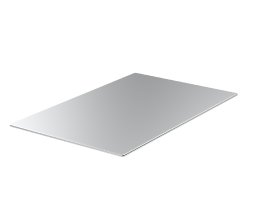 Sheet
Sheet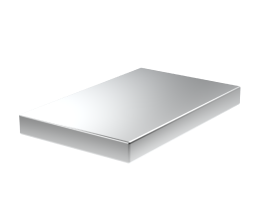 Plate
Plate Rectangular Bar
Rectangular Bar Flat Bar
Flat Bar Square Bar
Square Bar Round Bar
Round Bar Diamond Plate
Diamond Plate Angle
Angle Square Tubing
Square Tubing Pipe
Pipe Sheet
Sheet Plate
Plate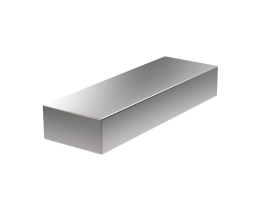 Flat bar
Flat bar Diamond Plate
Diamond Plate Angle
Angle Channel
Channel Square tubing
Square tubing Round tubing
Round tubing I Beam
I Beam Sheet
Sheet Plate
Plate Rectangular Bar
Rectangular Bar Square Bar
Square Bar Round Bar
Round Bar Rectangular Tubing
Rectangular Tubing Square Tubing
Square Tubing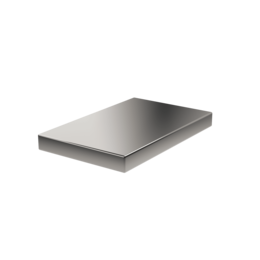 Plate
Plate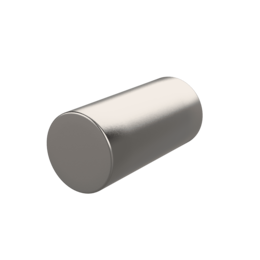 Round Bar
Round Bar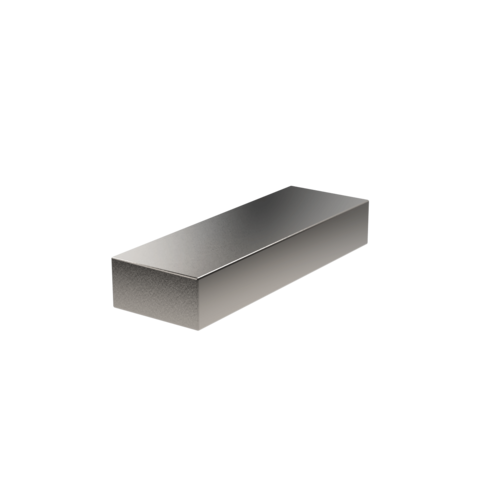 Rectangular Bar
Rectangular Bar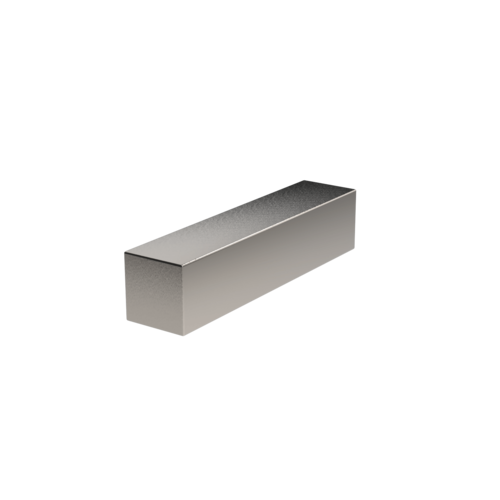 Square Bar
Square Bar




